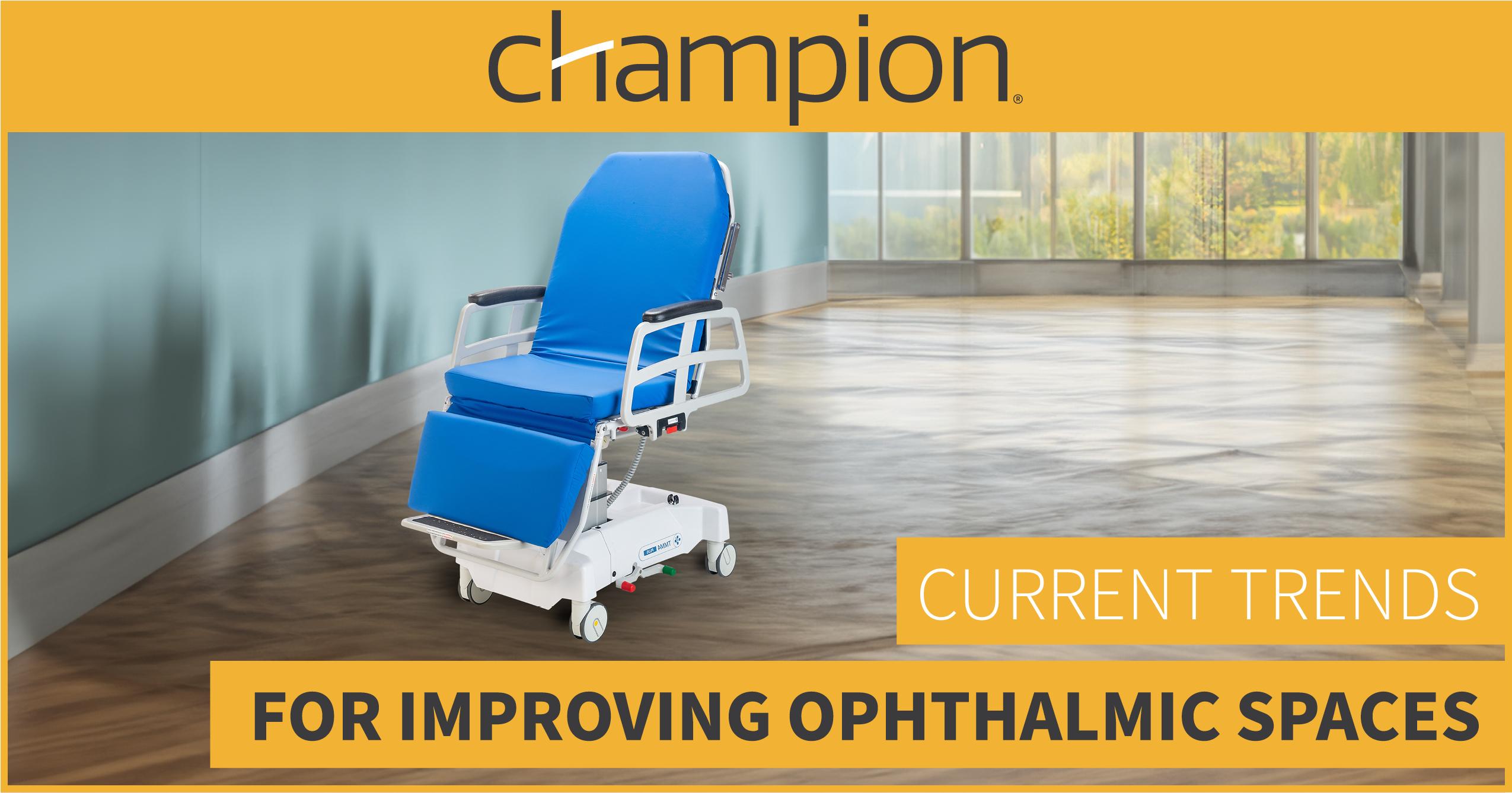
The most commonly performed ophthalmic surgical procedure is cataract surgery. Industry experts predict that there will be an increasing number of cataract cases in 2023. One result from this upward trend is a parallel increase of cataract surgery devices in the market.
The National Eye Institute defines a cataract as “a cloudy area in the lens of your eye (the clear part of the eye that helps to focus light).”
Symptoms may include blurry vision or vision that seems less colorful. Additional symptoms such as halos around lights and needing more light to read can impact your ability to complete everyday tasks. However, these issues could be caused by other eye problems, so it’s important to have an ophthalmologist examine your eyes and provide a diagnosis.
Are You at Risk for Cataracts?
Common as we age, cataracts can also be caused by an eye injury or other eye issues like glaucoma. According to Johns Hopkins Medicine, possible factors include:
- Age: Age is the greatest risk factor for cataracts. Age-related cataracts may develop between 40 and 50 years old.
- Where You Live: Recent studies have shown that people who live in high altitudes are more at risk of developing cataracts.
- Too Much Sun Exposure: People who spend more time in the sun may develop cataracts sooner than others.
Experts from Johns Hopkins also explain the different types of cataracts, since some patients will be diagnosed with cataracts early in life—and from other causes.

If left untreated, cataracts can eventually cause vision loss. However, surgery to remove cataracts is very common and safe.
Technology in every area of industry continues to advance, including the introduction of AI, and the medical field is taking advantage of modern technologies that allow for earlier diagnosis of cataracts.
Sign up to get the latest industry news and offers right in your inbox
Tech advancements can also save healthcare facilities time and money, mitigate risk, and improve surgical flows and patient outcomes.
Ergonomics and Other Issues Addressed by Tech
A recent survey by the American Academy of Ophthalmology (AAO) showed that a large number of respondents believe physician burnout to be among the top three threats to the profession.
“Members [of our profession], in general, are exhausted,” said Dr. Aaron Miller, Academy Secretary for Member Services. “Patients who avoided the office during the pandemic are now presenting with more advanced eye care conditions. We are having to spend more time with them to work through their individual challenges, and it does take a mental toll on us as providers.”
Another AAO article reveals that work-related musculoskeletal disorders (MSDs) remain a problem for ophthalmologists because their routine tasks can lead to cumulative MSDs of the back, shoulders, neck, and upper extremities.
The article makes clear what these risk factors are:
- Repetitive tasks, especially under stressful circumstances.
- Tasks that require fine motor control and close visual focus, which
increase muscular tension in the head, neck, and upper extremities. - Prolonged maintenance of awkward body positions while working.
To limit the amount of MSDs, ophthalmologists are turning to tech and requiring ergonomic and versatile medical seating—for the patients and the providers.
For some eye procedures, the patient must remain stable for the exam to be performed or for accurate images to be obtained. For others, patients need to be transported between rooms for various exams, treatments, or general care. Adjustable surgeons’ chairs are also preferred, to alleviate strain on the doctor while also allowing for better, more precise, access to the patient.
Procedure Chairs Designed With Providers in Mind
Time is of the essence for many emergency surgeries. But, even for elective procedures, greater efficiency drives better patient outcomes.
An imbalance of space and effort leads to wasted time. Today’s healthcare facilities need to optimize their space, and that means breaking free from single-purpose designs that take more time to accommodate.
Medical furniture design is increasingly embracing multi-purpose, person-centric seating. One key example is the procedure chair, an innovative device that allows patients to remain on one surface from prep to procedure to recovery.
Patient seating solutions like these can help minimize risk, maximize space, and enhance productivity. A procedure chair reduces patient transfers, which can increase patient throughput and help decrease costs associated with injury.
Champion’s procedure chair is ideal for ophthalmology settings—with varying degrees of height and other features such as these:
- Low-profile, dual articulating headrest
- Fold-down push bar & push-button pendant
- Central locking brake
- Swing & tuck side rails
- Manual quick-release back
- Seating capacity for all body shapes and sizes
In the seated position, procedure chairs require half the space of a traditional stretcher and are easy to navigate through hallways, elevators, and other close quarters. Plus, the small footprint frees up floor space so additional units can be stored more efficiently.
Medical Seating Solutions for Your Surgical Facility
Champion’s TMM5 PLUS procedure chair enables facilities to streamline the treatment process and surgical flow by replacing multiple pieces of equipment with a single device.
The TMM5 PLUS is commonly used in ophthalmic and plastic surgery operating rooms, as well as numerous other surgical environments.
Available features include:
- Low-profile, dual articulating headrest
- Fold-down push bar & push-button pendant
- Swing & tuck side rails
- Manual quick-release back
- Patient weight capacity: 500 lb.
Watch this short video to see the TMM5 PLUS in action. Our TMM Collection can help you minimize risk, maximize space, and enhance productivity.
Want to learn more? A Champion team member would be happy to help you evaluate any of our products for your facility.
